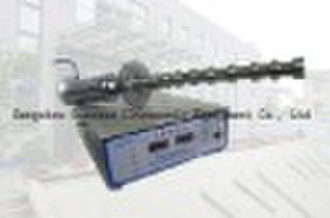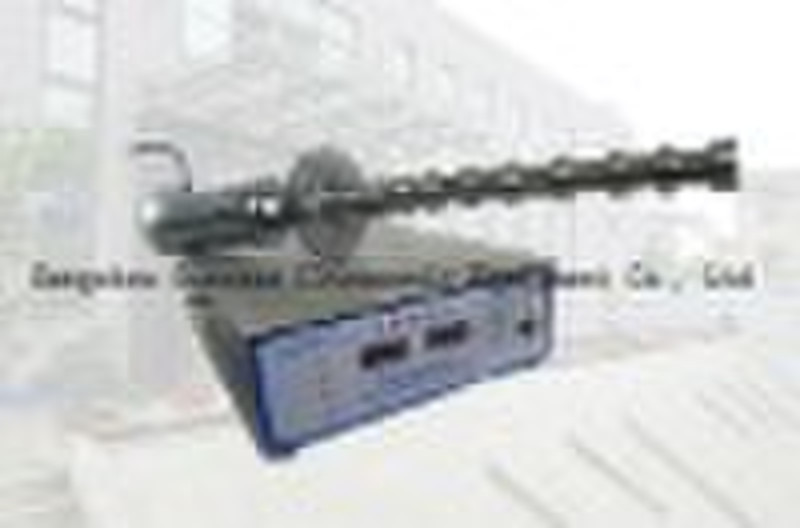Каталог
-
Каталог
- Автомобили и мотоциклы
- Безопасность и защита
- Бизнес
- Бытовая техника
- Бытовая электроника
- Детали машин и услуги по их изготовлению
- Дом и Сад
- Здоровье и медицина
- Игрушки и хобби
- Изделия из металла
- Измерительные и анализирующие приборы и инструменты
- Инструмент
- Красота и личная гигиена
- Мебель
- Мероприятия по охране окружающей среды
- Минералы и металлургия
- Модные аксессуары
- Обувь и аксессуары
- Одежда
- Освещение
- Подарки, сувениры
- Продовольственные товары и напитки
- Промышленное оборудование и техника
- Резина и пластмассы
- Сельское хозяйство
- Специальное оборудование
- Спорт, отдых и досуг
- Сток
- Строительство и недвижимость
- Текстиль и кожа
- Телекоммуникации
- Товары для офиса, учебы. Канцтовары
- Транспорт
- Упаковка и печать
- Химикаты
- Часы, Украшения, Очки
- Чемоданы, сумки
- Электронные компоненты, оборудование, принадлежности
- Электротехническое оборудование и принадлежности
- Энергия
Filters
Search
Ультразвуковой processer для биодизеля применения

Aries Ling
Контактное лицо
Основные данные
Ultraultrasonic processer for biodiesel application Ultrasonic frequency is 2×104 Hz107 Hz which has exceeded the range of people can hear. When the ultrasonic transmits in the liquid, through mechanical, cavitate and heat function, it can produce mechanics, calorific, optics, electricity and chemistry reaction. Especially the high-power ultrasonic can produce strongly cavitate function, and then make the part form instantaneous high temperature, high voltage, vacuum and minute jet flow. For the chemistry, those cause a very good part small condition for reaction and improve reaction speed and reduce reaction condition. For biomass extract, those cause plant cell wall to break and liquid to immerse quickly, and make the extracted active principle can dissolve into the liquid quickly. This will improve rate of exaction, reduce time of exaction and save liquid. Ultrasonic exaction frequency range is 20kKHz100kHz, about frequency 20kHz ultrasonic is used mostly. One reason is the ultrasonic frequency lower, the power is larger. Some one think this frequency is helpful for breaking the plant cell wall. Basic structure ultrasonic focusing probe type ultrasonic exaction system Basic structure: oscillator system includes transducer, booster, horn (probe) and generator Characteristic: the processed liquid need put into the container, and put the horn into the liquid, and then transmit ultrasonic. The processed liquid volume can large or small; the time can long or short. In general, ultrasonic intensity is not equality in the whole container, the nearer the horn, the stronger ultrasonic will be. Frequency range: 15KHz20KHz28 KHz30 KHz35 KHz40 KHz50 KHz60 KHz The lower frequency is, the larger per unite power will be; the higher frequency is, the lower per unite power will be. Per unite nominal power: 0 3000W, power adjustable. Can be used many unites assembled. Horn (probe) type and material can be made according to requirements..
Условия поставки и упаковка
Packaging Detail: CTN Delivery Detail: 10DAYS
Условия оплаты
Аккредитив
Электронный перевод
-
Способы оплаты
Для оплаты товаров и услуг на нашем портале, Вы всегда получаете счет, в котором Вам необходимо самостоятельно указать свои данные.
Мы принимаем к оплате:









